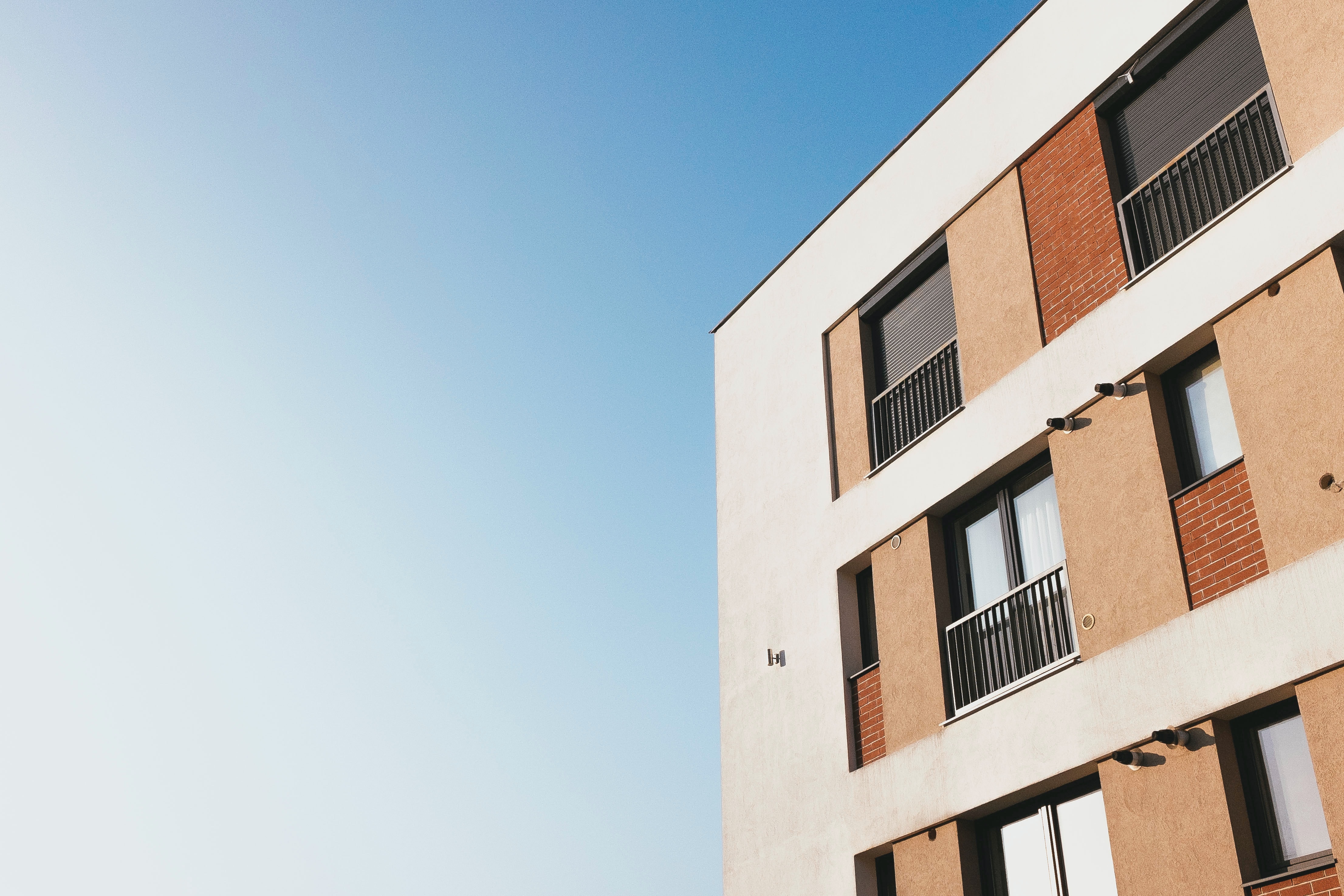RAAC in commercial buildings: what do you need to know?
Project leads
Contacts

Reinforced aerated autoclaved concrete (RAAC) is in the headlines following high-profile building failures and public scrutiny on the risks remaining to public buildings around the country. But is RAAC a material of concern for commercial buildings? If owners or occupiers of commercial buildings suspect that their buildings are constructed using RAAC, what should they do?
Many commercial building owners are aware of risks relating to RAAC and have developed guidance notes on its identification and management. But now, in light of widespread coverage of RAAC and its risks, many more people want to understand their exposure to it.
TFT Partner Jay Ridings has written on this issue for the RICS' Built Environment Journal, and we've also compiled this set of frequently asked questions about RAAC. If you want to know about its origins, its use and management today, read on.
What is Reinforced Aerated Autoclaved Concrete (RAAC)?
In brief:
Aerated autoclaved concrete (AAC) is much lighter and softer than regular concrete, with lower thermal conductivity. AAC was originally developed in Sweden to form lightweight thermal blocks and, using the same method, wide reinforced planks (Reinforced Autoclaved Aerated Concrete (RAAC) planks) were created. These planks are commonly found as roof decks, flooring and internal partitions. Occasionally they are also used as external walls.

What are the weaknesses of RAAC?
The greatest concern with RAAC planks is their potential for sudden shear failure. If a building structure is going to fail, we want this to happen by degrees so that there are warning signs to act on instead of immediate catastrophic failure. The reason for the shear failure is due to issues with the steel reinforcement, typically at the end of the planks.
Other concerns leading to deterioration of planks potentially impact their structural stability. Planks are prone to deflection and sagging, particularly if:
- Planks are incorrectly detailed
- Working loads have been underestimated
- Elements are undersized
- Reinforcement is inadequate
If there is sagging there is the potential for cracking and for the steel reinforcement to become exposed to moisture which could lead to corrosion. If roof planks begin to sag, water can gather on the roof above them (known as ponding). This may increase the load on the sagging planks, leading to further moisture ingress, exposure of the steel reinforcement, corrosion, and cracking.
Is RAAC found in commercial buildings?
In our experience, it is rare to see RAAC planks within commercial buildings. RAAC is most prominent in the public sector, notably schools and hospitals, but there are reports of its use in court buildings, prisons, and police stations.
However, these planks were available commercially and may be in buildings other than the above. In addition, buildings do change in their use and ownership over time, so there will be instances where buildings constructed within the public sector are now privately owned.
How do I know if my building contains RAAC?
There is no central register of buildings with RAAC planks, so identification depends on local knowledge and independent inspections. Here are some simple principles for identifying RAAC planks:
- Panels 600mm wide
- A distinctive V-shaped groove at regular spacing
- White or light grey colour
- On records or drawings, planks may be referred to by proprietary names such as Siporex, Durox, Celcon, Hebel and Ytong
- Panels are very soft and if you press a screwdriver or nail into the surface, you will be able to make an indentation. Please note: care should be taken when investigating in this way as applied surface finishes may contain asbestos.
- Inside, planks will appear bubbly like an Aero chocolate bar, with no visible stones (aggregate) in the panels.
If you suspect RAAC in your building, then an appropriately experienced Chartered Structural Engineer or Chartered Building Surveyor should be appointed for identification and inspection work.
Their investigations will include but are not limited to:
- Assessing cracking
- Measuring deflections
- Reviewing water penetration and corrosion
- Using cover meters to assess regular spacing of reinforcement
- Checking that reinforcement extends to the end of planks and is properly supported
- Taking and sending samples for laboratory testing
How can I manage RAAC?
If RAAC is discovered, you must undertake a risk assessment considering the use of the building, the areas affected and any deterioration of the structure. The position of reinforcement can be scanned using a cover meter and samples can be tested for carbonation, which is a sign that cracking could follow.
Structural engineers often recommend RAAC planks to be removed or strengthened wherever they are found, regardless of condition. This is because of the risk of sudden catastrophic failure and the fact that these planks are likely to have exceeded their design life. Subject to a full assessment of the risks, it may be possible to take a different approach.
Can you help me investigate RAAC in commercial buildings?
Yes, our team of Chartered Surveyors is on hand to investigate and manage improvements works for commercial buildings.
It is very likely there will be further discoveries and media attention on RAAC. News of failing buildings due to this outdated material highlights the urgent need for guidance and action to identify and implement remedial solutions.






